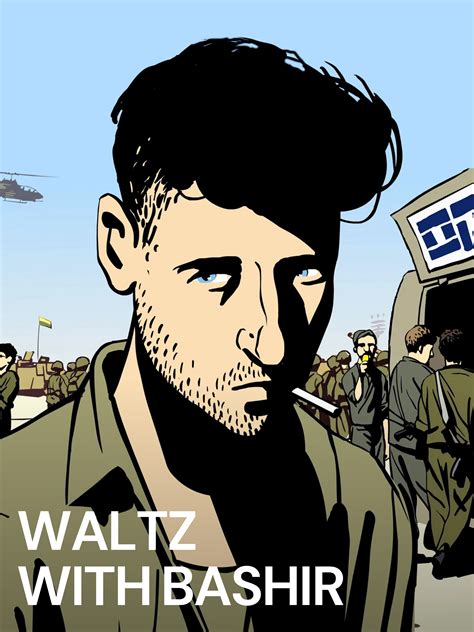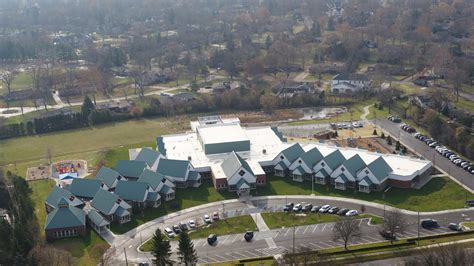The 2008 animated documentary film “Waltz with Bashir” has garnered significant attention for its unique storytelling approach and thought-provoking themes. Directed by Ari Folman, the film is a personal and historical account of the 1982 Lebanon War, specifically focusing on the Sabra and Shatila massacre. As a cinematic representation of real events, the accuracy of “Waltz with Bashir” is a topic of interest, and this article aims to delve into the truths and inaccuracies depicted in the film.
Historical Context: The 1982 Lebanon War To understand the events portrayed in “Waltz with Bashir,” it’s essential to grasp the historical context of the 1982 Lebanon War. The conflict began on June 6, 1982, when Israel invaded Lebanon, aiming to expel the Palestine Liberation Organization (PLO) from the country. The war resulted in significant human suffering, displacement, and loss of life, with estimates suggesting that up to 20,000 people were killed.
The Sabra and Shatila Massacre The Sabra and Shatila massacre, which occurred between September 16 and 18, 1982, is a pivotal event in the film. During this period, Christian Phalangist militias, allied with Israel, entered the Sabra and Shatila refugee camps in Beirut, Lebanon, and brutally killed hundreds of Palestinian civilians, including women, children, and the elderly. The exact number of victims is still debated, but estimates range from 700 to 3,500.
Ari Folman’s Personal Experience Ari Folman, the director of “Waltz with Bashir,” was a 19-year-old Israeli soldier during the 1982 Lebanon War. His personal experience and memories of the war serve as the foundation for the film. Folman’s narrative is intertwined with interviews from other soldiers, journalists, and experts, which provides a multi-faceted perspective on the events.
Accuracy of Events and Characters While “Waltz with Bashir” is based on real events, some artistic liberties were taken to enhance the storytelling and character development. The film’s protagonist, Ari Folman, is a representation of the director himself, but some characters and events were altered or combined for dramatic effect. For instance, the character of Boaz Rein-Buskila, a friend of Folman’s, is a composite of several individuals.
Controversies and Criticisms “Waltz with Bashir” has faced criticisms and controversies regarding its accuracy and portrayal of events. Some have argued that the film:
- Downplays Israeli responsibility: Critics argue that the film does not adequately convey the extent of Israeli involvement in the Sabra and Shatila massacre.
- Oversimplifies complex issues: The film’s narrative has been criticized for simplifying the complexities of the Lebanon War and the Israeli-Palestinian conflict.
- Lacks Palestinian perspectives: Some have noted that the film primarily focuses on Israeli experiences and viewpoints, with limited representation of Palestinian voices.
Expert Insights and Interviews To gain a deeper understanding of the film’s accuracy, it’s essential to consider expert insights and interviews with individuals involved in the events. Dr. Robert Fisk, a journalist who covered the Lebanon War, praises the film for its thought-provoking portrayal of the conflict, but also notes that it “doesn’t quite get to the truth” of the Sabra and Shatila massacre.
Conclusion “Waltz with Bashir” is a thought-provoking and visually stunning film that explores the complexities of war, memory, and trauma. While the film takes some creative liberties with events and characters, it remains a powerful and personal account of the 1982 Lebanon War and the Sabra and Shatila massacre. By acknowledging both the accuracies and inaccuracies in the film, we can gain a deeper understanding of the historical context and the ongoing impact of these events on individuals and societies.
What is the historical context of the 1982 Lebanon War?
+The 1982 Lebanon War began on June 6, 1982, when Israel invaded Lebanon to expel the Palestine Liberation Organization (PLO). The conflict resulted in significant human suffering, displacement, and loss of life.
What is the significance of the Sabra and Shatila massacre in "Waltz with Bashir"?
+The Sabra and Shatila massacre is a pivotal event in the film, which occurred between September 16 and 18, 1982. Christian Phalangist militias, allied with Israel, killed hundreds of Palestinian civilians in the Sabra and Shatila refugee camps in Beirut, Lebanon.
How accurate is "Waltz with Bashir" in portraying the events of the 1982 Lebanon War?
+While the film is based on real events, some artistic liberties were taken to enhance the storytelling and character development. The film's accuracy has been criticized for downplaying Israeli responsibility, oversimplifying complex issues, and lacking Palestinian perspectives.
In conclusion, “Waltz with Bashir” is a complex and thought-provoking film that explores the intricacies of war, memory, and trauma. By examining the historical context, personal experiences, and expert insights, we can gain a deeper understanding of the film’s accuracy and the ongoing impact of the 1982 Lebanon War on individuals and societies.



